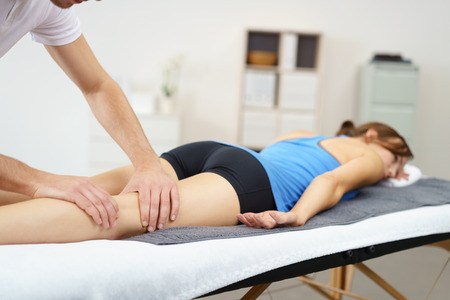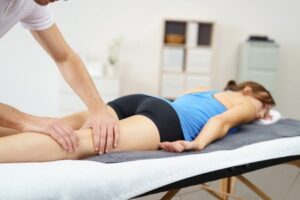I am a huge fan of the Summer Olympic Games. Whether it is track and field, gymnastics, diving or swimming, I love watching hard-working young athletes reach the pinnacle of their sport. They have trained hard most of their lives, some having embraced and pursued their passion since the age of 5 or 6! By the age of 16 or 18, that adds up to a lot of mental dedication and pushing of the body’s physical capabilities.
After The Medal Ceremonies
If you think these Olympians train 365 days a year, like the sports announcers would have us believe, think again. An article that appeared in the Wall Street Journal following the 2012 London Olympics outlined how three of the top American male distance runners took complete time off after their final competitive runs. Hard as it may be for us to fathom that these athletes are anything but finely-tuned mechanical wonders, research shows why rest periods can be beneficial to the next upcoming training cycle, and why failing to do so can result in over-exhaustion…and an increased potential for injury.
To ease into such breaks in training, elite runners suggest that the day or so following a big race should include a few short, easy jogs. This helps the body to pump oxygen-rich blood to the muscle tissue that has no doubt suffered some damage at its cellular level. While many high-level athletes may struggle with a guilty conscience, their rational side knows that before plunging headlong into the next training cycle, a true recovery period is beneficial.
Reminding The Clients…And Ourselves
For us mere mortals, the same logic can be applied to our regular workouts. Many dedicated exercise enthusiasts, especially those who undertake serious resistance training on a regular basis, work out in training cycles of a few weeks or a few months. Much progress can be achieved by such cycling; and changing up the weightlifting paradigm each time a new cycle is begun helps to maintain focus and alleviate tedium.
This may also be the perfect time to see a soft-tissue specialist—a physical therapist, chiropractor or massage therapist—who can provide an assessment of how strong or weak certain muscles are, and can also work on any problem areas. From Olympic athletes to weekend warriors, we all feel the aches and pains of overuse. Time between training cycles offers an opportunity to address such potential injury sites, and to perform stretches or different exercises to ensure these will not hamper our next significant training.
If it works for professional athletes, who are we to argue??? Train hard, and recovery appropriately!!
What recovery strategies do you encourage?
Join the conversation on our Facebook page to comment on this article or ask questions.
If you’re an NFPT Trainer, join our Facebook community group!




